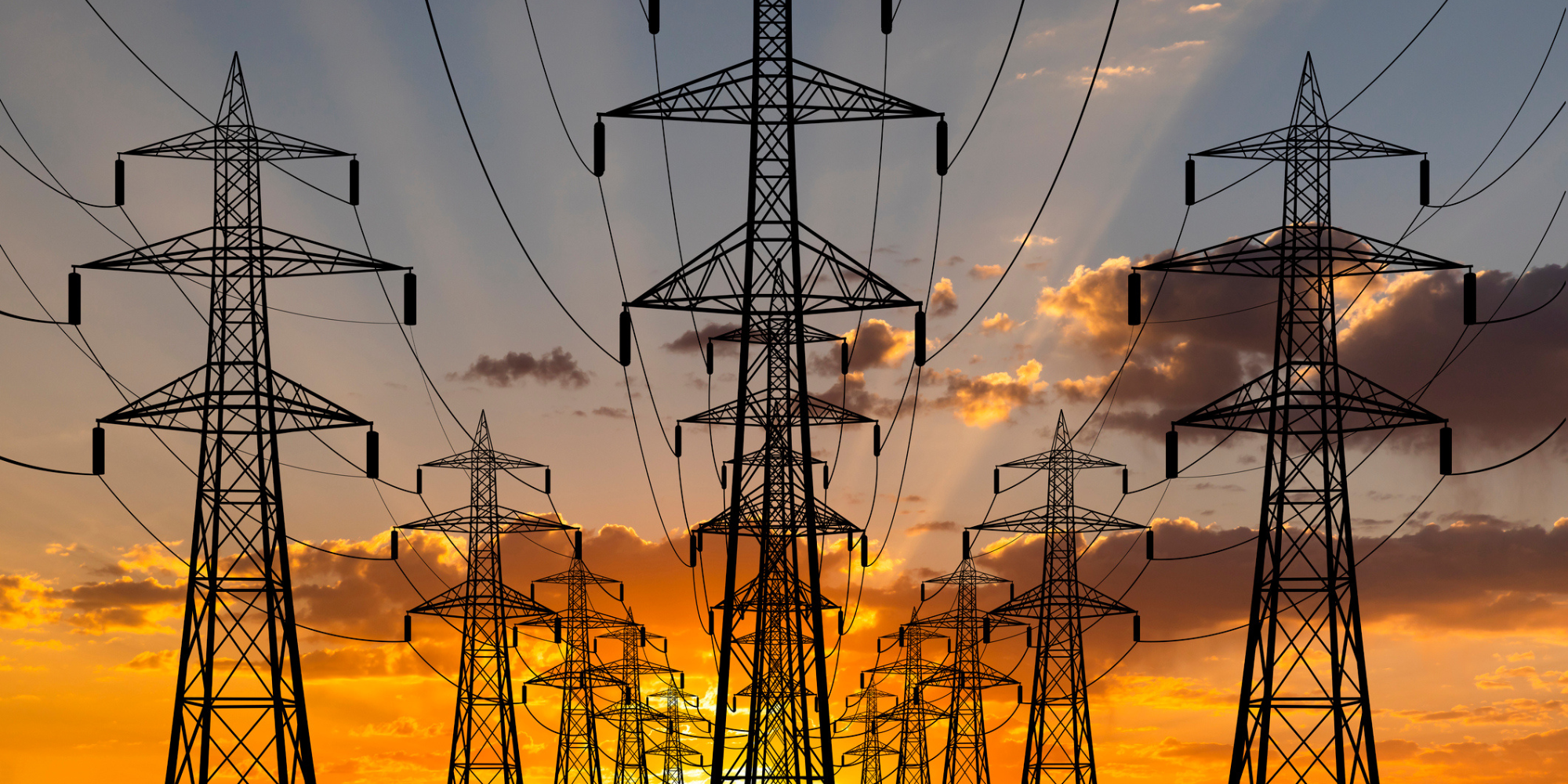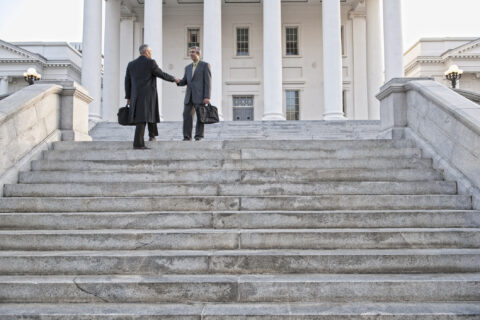Across the U.S., different electric utility structures exist, including municipal-owned utilities, co-operatives and investor-owned utilities (IOUs). Unlike municipal utilities, which are owned by the jurisdiction they serve, IOUs are business entities owned by shareholders operating across many municipalities, and even states. Because of the separation between those who use the service and those who provide it, challenges can arise between the two parties on issues such as distributed energy interconnections, decarbonization of energy generation, environmental mitigation and remediation, safety concerns and siting of energy infrastructure. However, where there are challenges, there are opportunities for collaboration and partnerships.
Direct Utility Engagement
Building a direct relationship with your utility is the most immediate and important way for local leaders to develop a partnership for energy related planning, projects and programs. The Edison Electric Institute (EEI), the association representing IOUs, suggests, “Meet early, meet often! Regulated energy companies have a local lead who is responsible your community. Get to know them, share future plans for the city and be sure to ask about what existing programs and policies the company may have available.”
For example, your utility may offer formal programs to work together for energy planning. Xcel Energy runs the Partners in Energy program, which provides technical assistance to communities in their service area to develop and implement an energy action plan. Participation in such offerings from your utility can be a great jumping-off point to deeper relationships and alignment on key issues. Another great way to formalize partnerships between cities and utilities is through both parties signing a Memorandum of Understanding (MOU). MOUs highlight common goals and desired outcomes for the community’s energy resources, and vary in their duration and enforceability. Read more on best practices for structuring and implementing MOUs. Remember, the most important thing for a relationship is trust—which just like with our personal relationships, take time and consistent communication to develop.
Minneapolis and Xcel Energy, along with their natural gas utility, developed the Clean Energy Partnership through their MOU, which is led by a joint city and utility board. The board consists of senior officials from the city and utilities, and meets to discuss progress towards achieving the city’s Climate Action Plan through the partnership’s work plans.
State Level Partnership
Another way to get a say in how your utility operates is to build partnerships at the state level. NLC does not encourage specific state advocacy positions, but wants cities, town and villages to know what resources and avenues are available to them.
The first avenue of engagement is with the state Public Utility Commission (PUC). Each state has a PUC which regulates IOUs. PUCs traditional function is to set the appropriate rate the IOU can charge customers for electricity service, but increasingly regulates more holistic energy issues as state legislation permits, such as Integrated Resource Planning (IRP). Local governments can act as legal intervenors in PUC cases, representing their residents’ interests for affordable and reliable energy, siting of electrical infrastructure and more. One downside of participating in legal PUC cases is the cost and lack of local staff capacity. However, some jurisdictions have found strength in numbers, collaborating to pool resources and participating in cases that affect each of them. In North Carolina, 15 local governments participated at varying levels, from formally intervening to signing joint public letters, for Duke Energy’s 2020 IRP. Lastly, building more informal relationships with PUCs outside of specific cases can increase knowledge sharing between parties, align energy goals and facilitate synergistic project planning.
Second, understand your State Energy Office’s role as it varies state by state. State Energy Offices often help with future energy deployment planning, workforce development and technology research. In addition, your state may have a separate, legislatively directed Renewable Portfolio Standard (RPS).
Third, is to become engaged in your wholesale market if you are located in such a region. Wholesale energy markets, usually operated by what are known as Regional Transmission Organizations (RTOs), manage about 60 percent of the U.S. power supply. RTOs manage the interconnection queue of energy production resources, including new large-scale renewable energy projects. They run markets to secure enough energy capacity and transmission for projected energy needs in the region, and make sure the grid is operating smoothly on a day-to-day basis. RTOs do not own any assets—utilities, transmission operators and energy generators all bid into and purchase from RTO run markets. To help cities get more involved in RTO planning efforts, PJM started the PJM Cities and Communities Coalition. The coalition focuses on how they can work together to decarbonize energy generation in the region. Besides advocating on where their power comes from, local government has a stake in transmission siting and planning, which is another key area of potential collaboration with RTOs.
Project-Specific Partnerships: Taking advantage of Federal Funding Together
The plethora of federal funding opportunities for clean energy projects from the Bipartisan Infrastructure Law (BIL) and Infrastructure Reduction Act (IRA), provide the chance to develop public-private partnerships. An investment from your utility can act as the local matching funds needed for many federal grants. Check out NLC’s Federal Funding Sources for Municipal Sustainability and Climate Action Tool to find a list of grants and loans eligible for energy projects. Additionally, eligibility for some federal grants may be limited to private companies—reach out to your utility to understand what funding they are planning to take advantage of, and if there are ways to align this funding with your own projects, goals or grants.
This blog is part of the “Building Critical Partnerships for Community Resilience:” series authored by National League of Cities’ Sustainability team. This series explores local approaches to community resilience through the lens of partnerships. Each webinar and blog combination will highlight essential relationships for addressing obstacles city leaders face when it comes to building a climate ready future for all.








